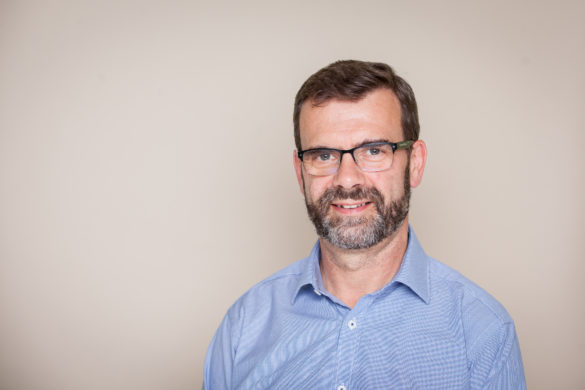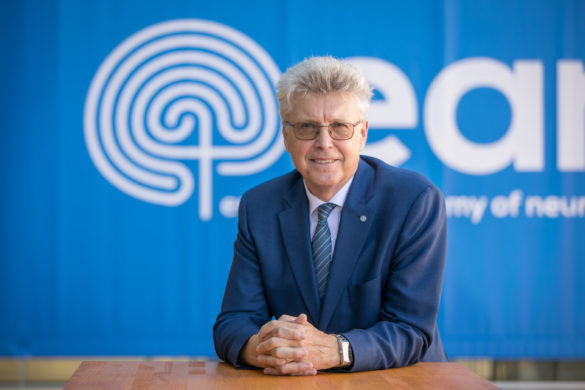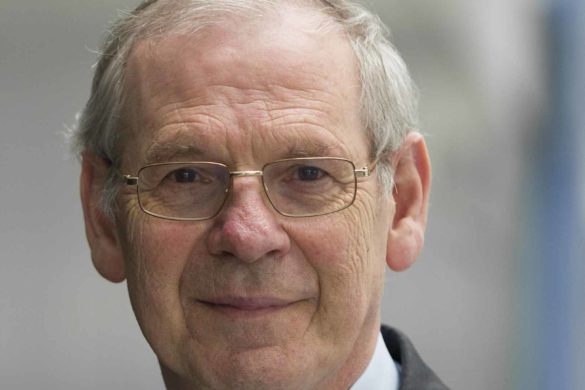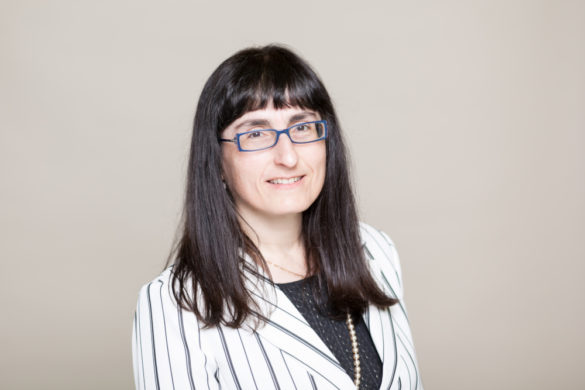Do you shake hands with your patients? I think you should, usually. As a junior doctor I was impressed by the example of consultants who greeted their patients by shaking hands and adopted this as a life-long practice. I would not claim that shaking hands is diagnostically useful: the detection of extrapyramidal rigidity or myotonia is more likely to be made from special tests of tone than from the initial handshake. However shaking hands does break down the barrier between you and your patient and helps to establish friendly rapport. Since becoming a patient myself I have been surprised, and even disappointed, that some of my own doctors have not offered to shake my hand. The importance of non-verbal behaviour in communication and patient satisfaction is intuitive and well supported by research [Mast 2007]. However evidence to support the practice of shaking hands is hard to find. In a Chicago study of communication in 700 inpatient encounters respondents gave the lowest score to a question about the method of greeting. Only 54.9% gave an excellent score for “Greeted me in a way that made me feel comfortable” compared with 66.3% for “Treated me with respect” [Ferranti et al. 2010]. It is a moot point whether shaking hands would increase the rating for greeting. In a US telephone survey 78.1% of respondents wanted their physician to shake their hands on greeting. In the same paper doctors in Chicago and Burlington did shake hands in 82.9% of 123 videotaped initial consultations [Makoul 2007]. Not everyone in that study wanted their doctor to shake their hands so that you need to be sensitive to those who do not for religious, cultural or other reasons. Squeezing the hand of someone with painful arthritis is not going to endear you to them. There are differences in greeting behaviour between countries. In non-medical situations the British are notoriously reserved about showing emotion whereas the further east or south you travel the more likely you are to be embraced and perhaps kissed once, twice, or, confusingly, even three times. Shaking hands with someone with a right hemiplegia has to be handled tactfully. It is not the shaking of hands that is important but making your patient feel welcome. A touch on the shoulder and a welcoming smile can do the job just as well. Not all consultations are easy and shaking hands to say goodbye can help soothe feelings after a difficult interview. And then of course you need to wash your hands to avoid transmitting infection. As the complexities of medical investigation and treatment increase, the importance of communication and consultation becomes more rather than less important.
Shaking hands is a good start.
References
Ferranti DE, Makoul G, Forth VE, Rauworth J, Lee J, Williams MV. Assessing patient perceptions of hospitalist communication skills using the Communication Assessment Tool (CAT). Journal of Hospital Medicine (Online) 2010; 5: 522-527.
Makoul G. An evidence-based perspective on greetings in medical encounters. Arch Int Med 2007 167 1172.
Mast MS. On the importance of nonverbal communication in the physician-patient interaction. Patient Educ Couns 2007. 67 315








